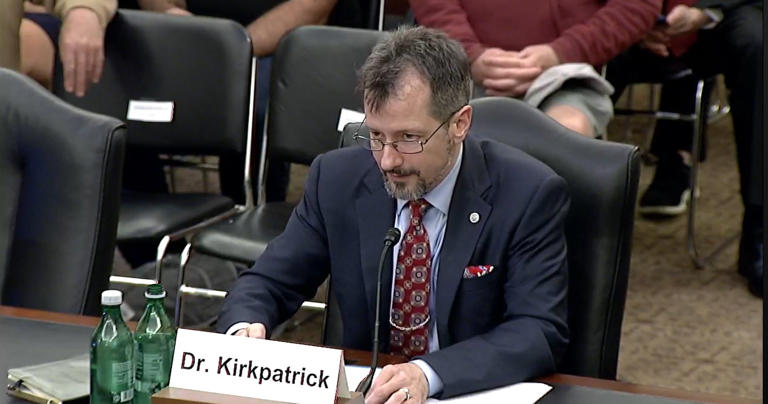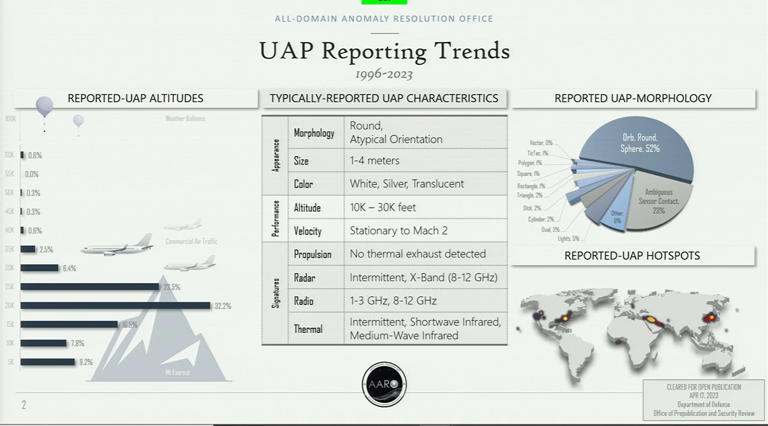Story by MobileSyrup • Apr 13
A new poll shows the majority of Canadians are concerned about monopolies and the way they impact prices.
AND THEN THERE WERE THREE

The data from Mainstreet Research shows 92 percent of those surveyed blame market concentration for higher prices across grocery and telecom sectors. A further 69 percent said current competition regulations are benefiting large companies at the expense of consumers.
Results are based on automated telephone interviews conducted between March 29th and 30th. The sample consists of 1267 adults residing in Canada and represents the country’s voting population.
According to the Canadian Radio-television and Telecommunications Commission’s 2019 monitoring report, the big three (Bell, Rogers, and Telus) controlled 91 percent of the mobile and internet services market, and Canadians believe this is a problem.
Polling results show 72 percent of Canadians aren’t confident the government is doing enough for affordable and competitive telecom services in Canada; the results label 44 percent as “strongly not confident.”
A majority of respondents who felt this way reside in Alberta and Ontario.
“Industry Minister François-Philippe Champagne just permitted the Shaw buyout, crowning Rogers the single largest company in our telecom sector in one of the biggest buyouts the country’s ever seen,” OpenMedia Campaigns Director, Matt Hatfield, said.
“These clear poll results should be setting off alarm bells in government offices across the country: band-aid solutions aren’t enough.”
The Minister’s approval was the final step Rogers needed to complete its $26-billion takeover of Shaw. Vidéotron was also approved to take over Freedom Mobile from Shaw in an effort to create a fourth leading wireless provider. Despite the approval, critics have voiced their concerns about the merger, arguing the approval will come at a cost to Canadians.
The poll further shows 83 percent of Canadians believe the current costs of internet and mobile services are impacting their budget, with 44 percent labeling the action as significant.
Source: OpenMedia
“Industry Minister François-Philippe Champagne just permitted the Shaw buyout, crowning Rogers the single largest company in our telecom sector in one of the biggest buyouts the country’s ever seen,” OpenMedia Campaigns Director, Matt Hatfield, said.
“These clear poll results should be setting off alarm bells in government offices across the country: band-aid solutions aren’t enough.”
The Minister’s approval was the final step Rogers needed to complete its $26-billion takeover of Shaw. Vidéotron was also approved to take over Freedom Mobile from Shaw in an effort to create a fourth leading wireless provider. Despite the approval, critics have voiced their concerns about the merger, arguing the approval will come at a cost to Canadians.
The poll further shows 83 percent of Canadians believe the current costs of internet and mobile services are impacting their budget, with 44 percent labeling the action as significant.
Source: OpenMedia

















